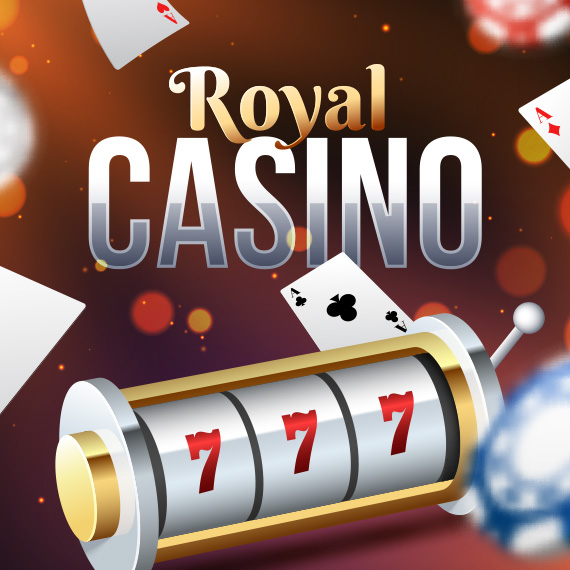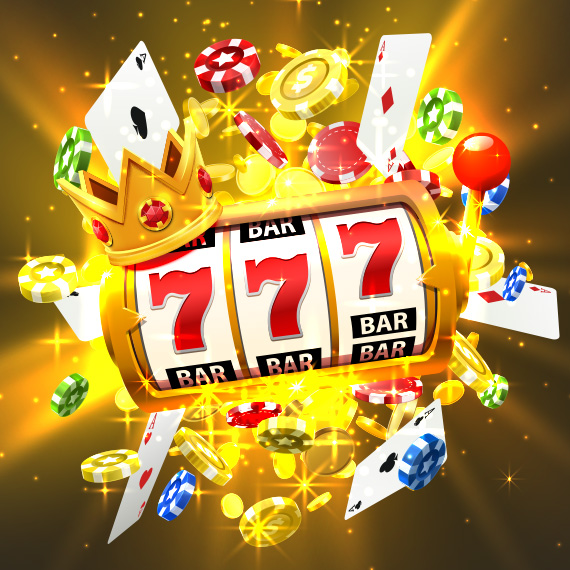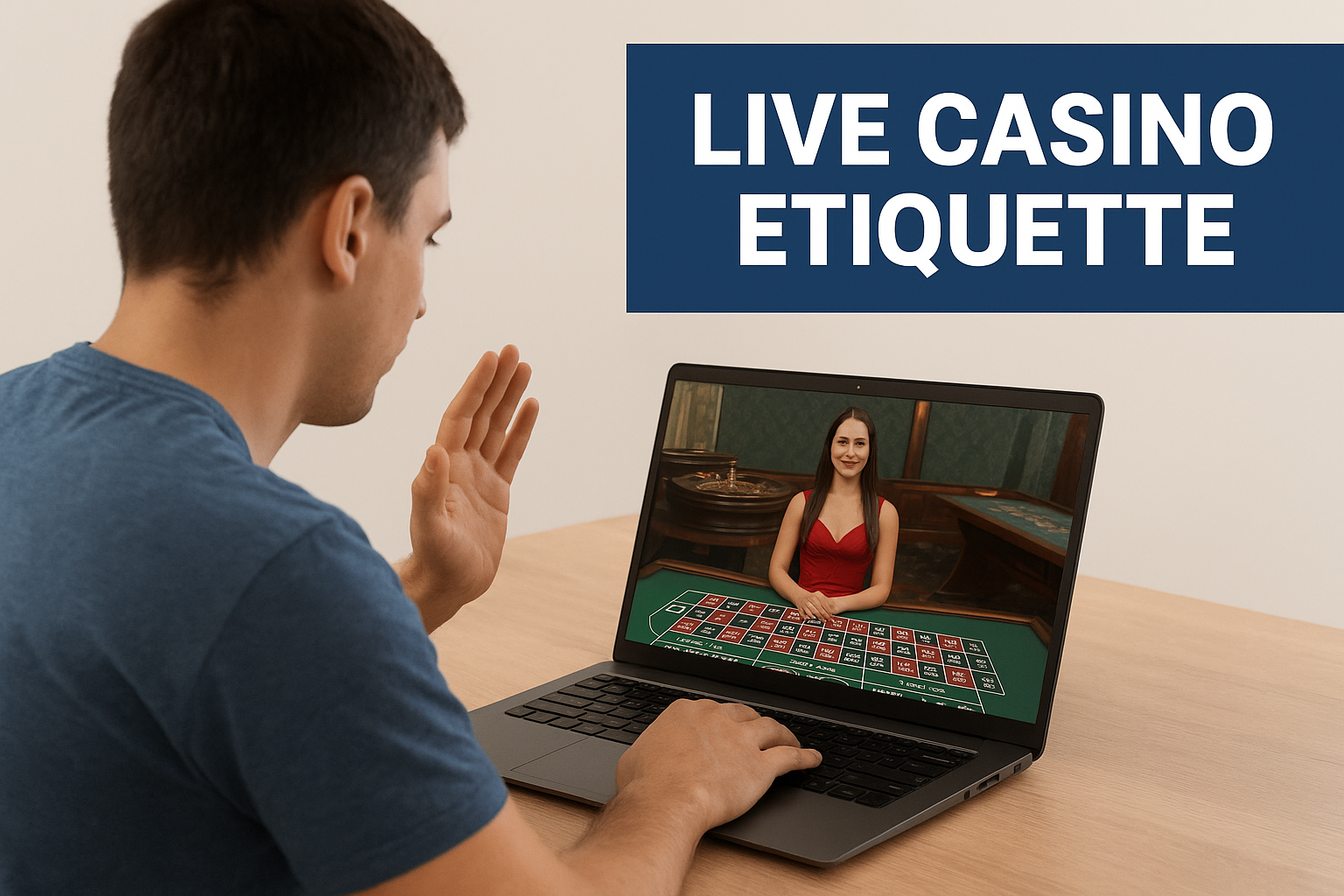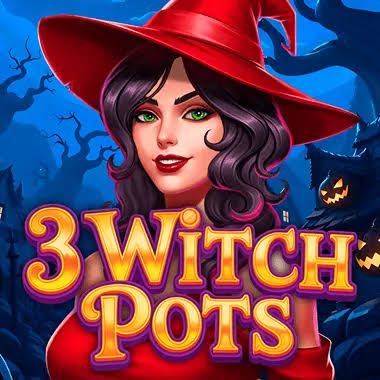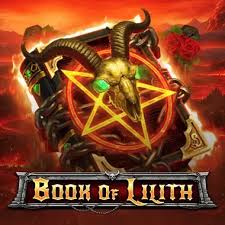MayaPlay Brings Short Deck Poker to Life: A Thrilling Casino Experience
Experience the thrill of Short Deck Poker on MayaPlay! With fast-paced action, strategic gameplay, and big wins, this high-stakes poker variant is the ultimate test of skill. Are you ready to go all-in?
Card games in casinos have long followed a tried-and-true formula—whether it’s blackjack, poker, or baccarat. However, as experienced players continue to seek fresh challenges, some of them, particularly Texas Hold ’Em enthusiasts, have turned to Short Deck Poker for a new and exciting experience.
If you’re one of the poker players looking to step up your game on MayaPlay, you’re in the right place. This guide will break down short deck poker rules, hand rankings, strategies, and everything else you need to start winning big on MayaPlay’s online poker tables.
What is Short Deck Poker, and Why is It Popular on MayaPlay?
Short Deck Poker is a thrilling variation of the classic Texas Hold ’Em, played with a reduced deck of 36 cards instead of the standard 52. In this game, all 2s, 3s, 4s, and 5s are removed, making high-value hands more frequent and the overall gameplay more aggressive. This faster-paced nature has made it a hit among seasoned players on platforms like MayaPlay, where quick action and big pots attract serious poker enthusiasts.
The game first gained traction among high-stakes gamblers in Asia before becoming a global phenomenon in 2018, with major tournaments taking place in Australia, Europe, and the United States. Now, it’s one of the most popular variants on MayaPlay’s poker tables, offering a mix of high-risk, high-reward gameplay that keeps players coming back for more.
Short Deck Poker Rules on MayaPlay
Like other poker games, Short Deck Poker can be played with 2 to 10 players, making it a great option for both casual players and high-rollers on MayaPlay.
How to Play Short Deck Poker
- Each player is dealt two hole cards.
- The dealer reveals three community cards (flop).
- Two more rounds—the turn and river—are played, with one more community card revealed in each round.
- Betting rounds occur after the flop, turn, and river.
- The player with the best hand at showdown wins the pot.
Unlike Texas Hold ’Em, Short Deck Poker on MayaPlay follows a button blind system instead of small/big blinds. Here’s how it works:
- The player on the button posts the blind bet.
- All other players ante up before the hand begins.
- Players must match the blind bet to call preflop.
With fewer cards in play, the odds of hitting premium hands increase, and aggressive play is often rewarded on MayaPlay’s Short Deck tables.
Short Deck Poker Hand Rankings (MayaPlay Rules)
Hand rankings in Short Deck Poker are similar to Texas Hold ’Em, with one key difference—a flush is stronger than a full house. Since only nine cards per suit exist in a short deck, flushes are harder to hit, making them more valuable.
Here are the hand rankings from weakest to strongest:
- High Card – No matching or consecutive cards.
- One Pair – Two cards of the same rank.
- Two Pair – Two sets of two matching cards.
- Three-of-a-Kind – Three cards of the same rank.
- Straight – Five consecutive cards (not suited).
- Full House – A combination of a Three-of-a-Kind and a Pair.
- Flush – Five cards of the same suit.
- Four-of-a-Kind – Four cards of the same rank.
- Straight Flush – Five consecutive cards of the same suit.
- Royal Flush – A, K, Q, J, 10 of the same suit.
Some MayaPlay tables may have house rules that alter the rankings slightly, so always check before you start playing.
Winning Strategies for Short Deck Poker on MayaPlay
1. Adjust Your Hand Selection
- High pocket pairs (such as A-A or K-K) are less valuable compared to Texas Hold ’Em.
- Suited connectors like J-Q or 9-10 are stronger starting hands due to the increased probability of hitting straights and flushes.
2. Focus More on Straights
- With fewer cards in play, straight draws occur more often.
- If you have an open-ended straight draw, play aggressively—your chances of hitting a straight by the river can be as high as 45%!
3. Use the Rule of 3 and 6 for Odds Calculation
- Unlike the Rule of 2 and 4 used in Texas Hold ’Em, Short Deck Poker requires a different method.
- Multiply your outs by 3 on the turn and by 6 on the flop to estimate your chance of hitting a winning hand.
4. Be Wary of Single Pairs
- A single high pair is rarely enough to win a hand in Short Deck Poker.
- Look for straight or flush draws instead of relying on one strong card.
5. Take Advantage of MayaPlay’s Multi-Table Play
- MayaPlay allows you to play multiple tables at once, giving you more chances to win big.
- If you’re confident in your Short Deck skills, try playing higher-stakes tables to increase your earnings.
Why Play Short Deck Poker on MayaPlay?
MayaPlay is one of the best platforms for online poker, offering several advantages for Short Deck Poker enthusiasts:
- Fast-paced gameplay with high-stakes action.
- Secure transactions and reliable payout systems.
- Multiple tournament formats where you can win big.
- AI-assisted gameplay features to help improve your poker strategy.
- Live dealer options for a more immersive casino experience.
Whether you’re a poker veteran or a beginner looking to try something new, MayaPlay’s Short Deck Poker tables provide the perfect opportunity to test your skills and strategy.
The Bottom Line: Join the Action on MayaPlay
Poker as a game continues to evolve, and Short Deck Hold ’Em is the next logical step for players seeking a fresh challenge. This fast-paced, high-scoring game is ideal for those looking to combine skill, strategy, and luck while playing online.
Now that you know the rules, hand rankings, and strategies, it’s time to dive into the action on MayaPlay. Pick a table, place your bets, and see if you have what it takes to become a Short Deck Poker champion.
Good luck, and may the best hand win!
Caption: Experience the thrill of Short Deck Poker on MayaPlay! With fast-paced action, strategic gameplay, and big wins, this high-stakes poker variant is the ultimate test of skill. Are you ready to go all-in?



